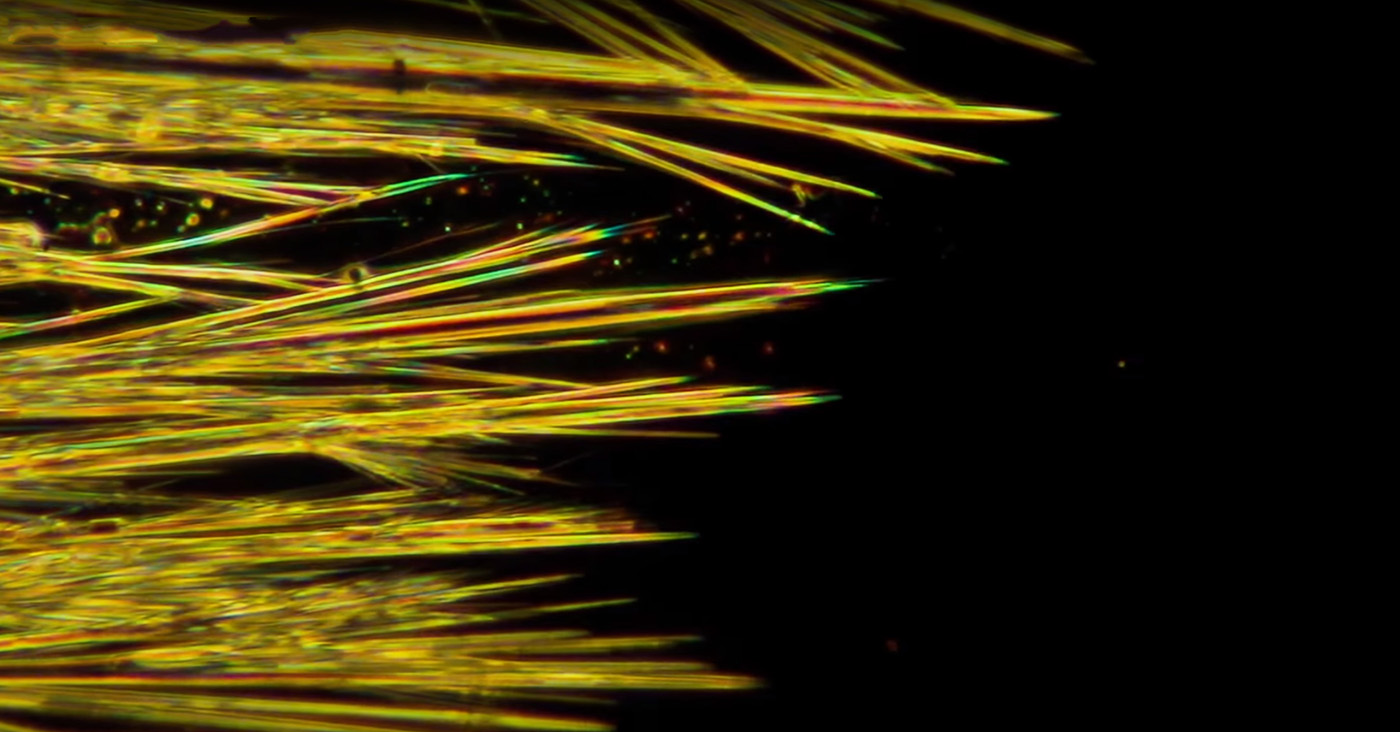Tag Archives: NanoWires
Quantum ‘hashtags’ may prove the existence of a strange particle
 Hashtags could soon be useful for a lot more than fostering discussion on your favorite social network. Researchers have developed a hashtag-shaped quantum chip (shown below) that could confirm the existence of the oddball Majorana particle, which ex...
Hashtags could soon be useful for a lot more than fostering discussion on your favorite social network. Researchers have developed a hashtag-shaped quantum chip (shown below) that could confirm the existence of the oddball Majorana particle, which ex...
Six next-gen battery technologies
 By Cat DiStasio
We all love our battery-powered gadgets, but portable power cells can be devastating to the environment. Fortunately, recent developments have proven that greener batteries are coming in the not-too-distant future. Engineers are repl...
By Cat DiStasio
We all love our battery-powered gadgets, but portable power cells can be devastating to the environment. Fortunately, recent developments have proven that greener batteries are coming in the not-too-distant future. Engineers are repl...
Gene-modified soil bacteria promise eco-friendly computing
 You normally need non-renewable elements or minerals to create nanowires. However, the US Navy's Office of Naval Research may have a better solution: the life living in the dirt under your feet. Its sponsored researchers have crafted nanowires from...
You normally need non-renewable elements or minerals to create nanowires. However, the US Navy's Office of Naval Research may have a better solution: the life living in the dirt under your feet. Its sponsored researchers have crafted nanowires from...
Nanowires could bring ‘tunable’ privacy glass to the masses
 If you don't want to block light but still need privacy, a discovery from Harvard might let you ditch the window coverings. Researchers at the university's engineering school have developed glass that changes from transparent to translucent at the fl...
If you don't want to block light but still need privacy, a discovery from Harvard might let you ditch the window coverings. Researchers at the university's engineering school have developed glass that changes from transparent to translucent at the fl...
Nanowire discovery may lead to better, cheaper solar cells
 Scientists have figured out a standardized way to make nanowires out of perovskite, a material that could one day make solar energy cheap and ubiquitous. Just a few years ago, cells made from the relatively inexpensive substances had a solar efficien...
Scientists have figured out a standardized way to make nanowires out of perovskite, a material that could one day make solar energy cheap and ubiquitous. Just a few years ago, cells made from the relatively inexpensive substances had a solar efficien...
Nanowire sensor converts pressure into light, may lead to super-sensitive touch devices (updated)
Outside of pen input, pressure sensors don't get much love these days. However, Georgia Tech has just built an extremely accurate sensor that could give pressure-based devices their due. When a user pushes down on the new invention, its grid of zinc-oxide nanowires emits light that's captured by fiber optics underneath at a very sensitive 6,300DPI. The combination of high resolution with light-speed responsiveness could lead to touch surfaces that capture far more detail than we're used to. While computing interfaces are clearly prime candidates for the technology, Georgia Tech also sees potential uses in pressure-based fingerprint readers and even devices that simulate touch with skin-like behavior. We've reached out to the school for more information regarding its long-term plans, but it already anticipates improving the sensors with more efficient manufacturing techniques. Take a closer look at the sensor after the break.
Update: We've since had a chance to follow up, and we're told that commercialization is likely five to seven years ahead.
Source: Georgia Tech
Plastic skin lights up on contact, may lead to touchscreens everywhere (video)
Flexible circuitry is frequently a one-way affair -- we've seen bendy displays and touch layers, but rarely both in one surface. UC Berkeley is at last merging those two technologies through a plastic skin whose display reacts to touch. By curing a polymer on top of a silicon wafer, the school's researchers found that they could unite a grid of pressure sensors with an OLED screen; they just had to remove the polymer to create a flexible skin. As the film-like material can be laminated on just about anything, it maylead to touch displays in places where they were previously impractical, or even very thin blood pressure sensors. It could also be easy to produce -- since the skins use off-the-shelf chip manufacturing techniques, commercial products are well within reach.
Filed under: Science
Via: Phys.org
Source: UC Berkeley
Scientists build soft, transparent contact lens displays with nanomaterials
Of the contact lens display prototypes that we've seen so far, few if any are focused on comfort -- a slight problem when they're meant to sit on our eyeballs. A collaboration between Samsung and multiple universities may solve this with display tech that's meant to be cozy from the start. By putting silver nanowires between graphene layers, researchers have created transparent conductors that can drive LEDs while remaining flexible enough to sit on a contact lens. Current test lenses only have one pixel, but they're so soft that rabbits can wear them for five hours without strain. Scientists also see the seemingly inevitable, Glass-like wearable display as just one development path -- they're working on biosensors and active vision correction. While there's still a long way to go before we reach a cyberpunk future of near-invisible displays, we may finally have some of the groundwork in place.
Filed under: Displays, Wearables, Science, Samsung
Source: ACS Publications
USC battery wields silicon nanowires to hold triple the energy, charge in 10 minutes
There's no shortage of attempts to build a better battery, usually with a few caveats. USC may have ticked all the right checkboxes with its latest discovery, however. Its use of porous, flexible silicon nanowires for the anodes in a lithium-ion battery delivers the high capacity, fast recharging and low costs that come with silicon, but without the fragility of earlier attempts relying on simpler silicon plates. In practice, the battery could deliver the best of all worlds. Triple the capacity of today's batteries? Full recharges in 10 minutes? More than 2,000 charging cycles? Check. It all sounds a bit fantastical, but USC does see real-world use on the horizon. Researchers estimate that there should be products with silicon-equipped lithium-ion packs inside of two to three years, which isn't long to wait if the invention saves us from constantly hunting for the nearest wall outlet.
Filed under: Science
Via: Gizmodo
Source: USC


